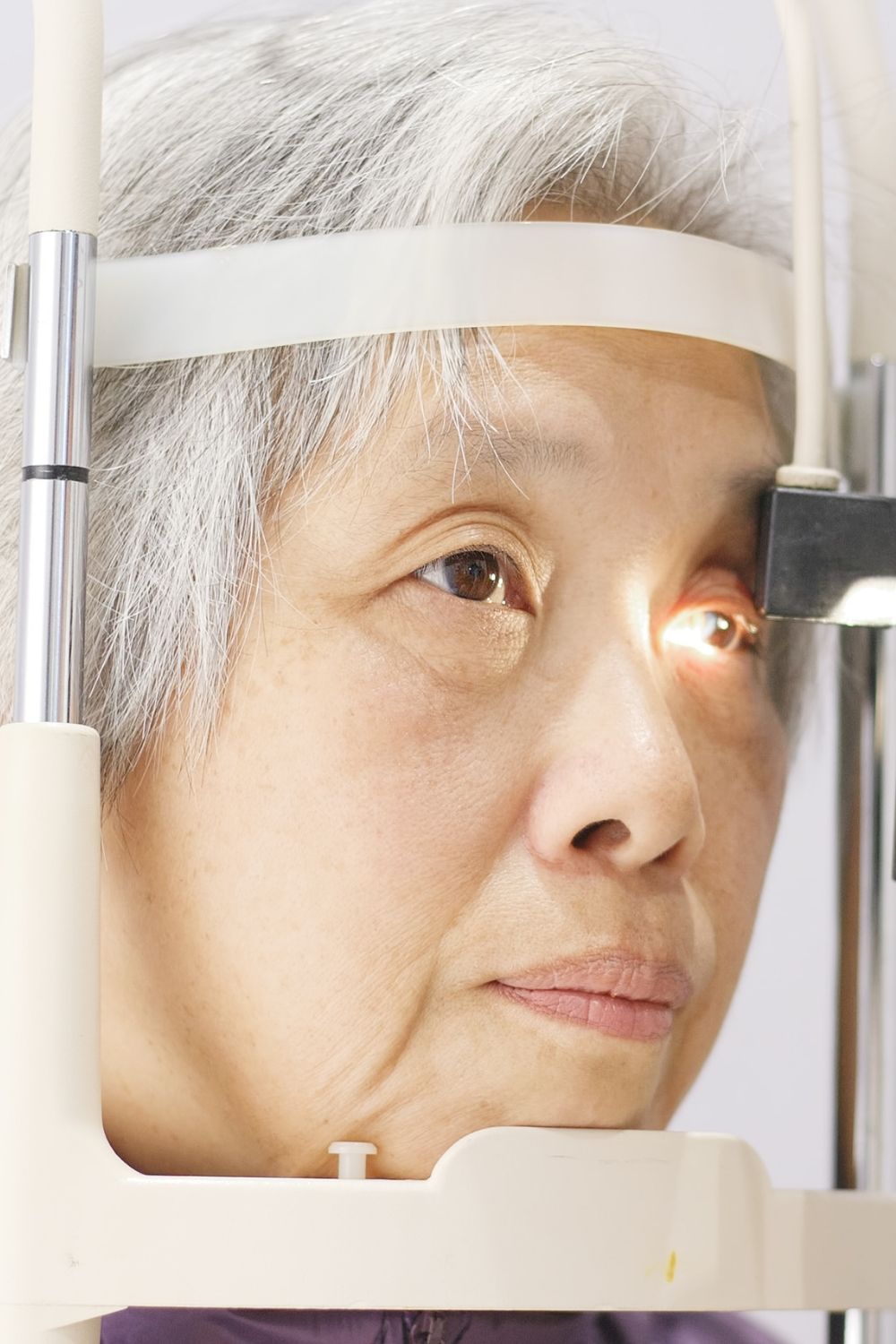June is Cataract Awareness Month
There are 24 million Americans over the age of 40 who are affected by cataracts
Presently, cataracts are the number one cause of blindness worldwide. In addition, cataracts are prevalent in older adults. As the American population ages, the report “Future of Vision: Forecasting the Prevalence and Costs of Vision Problems” projects that cataract cases will be over 38 million by 2032
What are cataracts?
The natural lens is made of proteins and water. As you age, so do the proteins due to various factors like UV light, dietary changes, and metabolism.
Over time, the once-clear lens slowly begins to turn yellow until it eventually becomes brown. When you have a cataract, it makes the natural lens cloudy, leading to the distortion of vision. If left untreated, cataracts can eventually cause blindness.
Facts About Cataracts
Cataracts are an extremely common eye disease affects millions of people but is easily treatable, and can even be corrected with a fast, minor and virtually pain-free surgical procedure. Here are some facts about cataracts:
Cataracts are a natural result of aging
Lifestyle and behavior can also have an influence
Aside from aging, certain hereditary and physical traits, along with certain lifestyle habits, can contribute to the development of cataracts. Here are a few factors that can increase your chance of developing a cataract:
- Family history of cataracts
- Excessive exposure to sunlight
- Smoking
- High blood pressure
- Diabetes
- Obesity
By 2050 the number of people in the U.S. with a cataract is expected to double
By age 75, over 70% of people have a cataract or have had cataract surgery
Wearing UV-blocking sunglasses can lower your risk
Cataracts are the leading cause of blindness in the world
Cataract surgery is nearly painless and typically takes under 30 minutes
Cataract surgery is the most commonly performed surgery in the U.S. each year
Cataract awareness, #1 cause of blindness worldwide
Watch this episode of A State of Sight with Isaac Porter, MD to learn more about cataracts and how they may affect vision.
Fortunately, many efforts are underway to help treat cataracts and improve vision. This includes improving access and surgical care in undeveloped countries where the burden of cataracts is greatest. http://eyeporter.com

